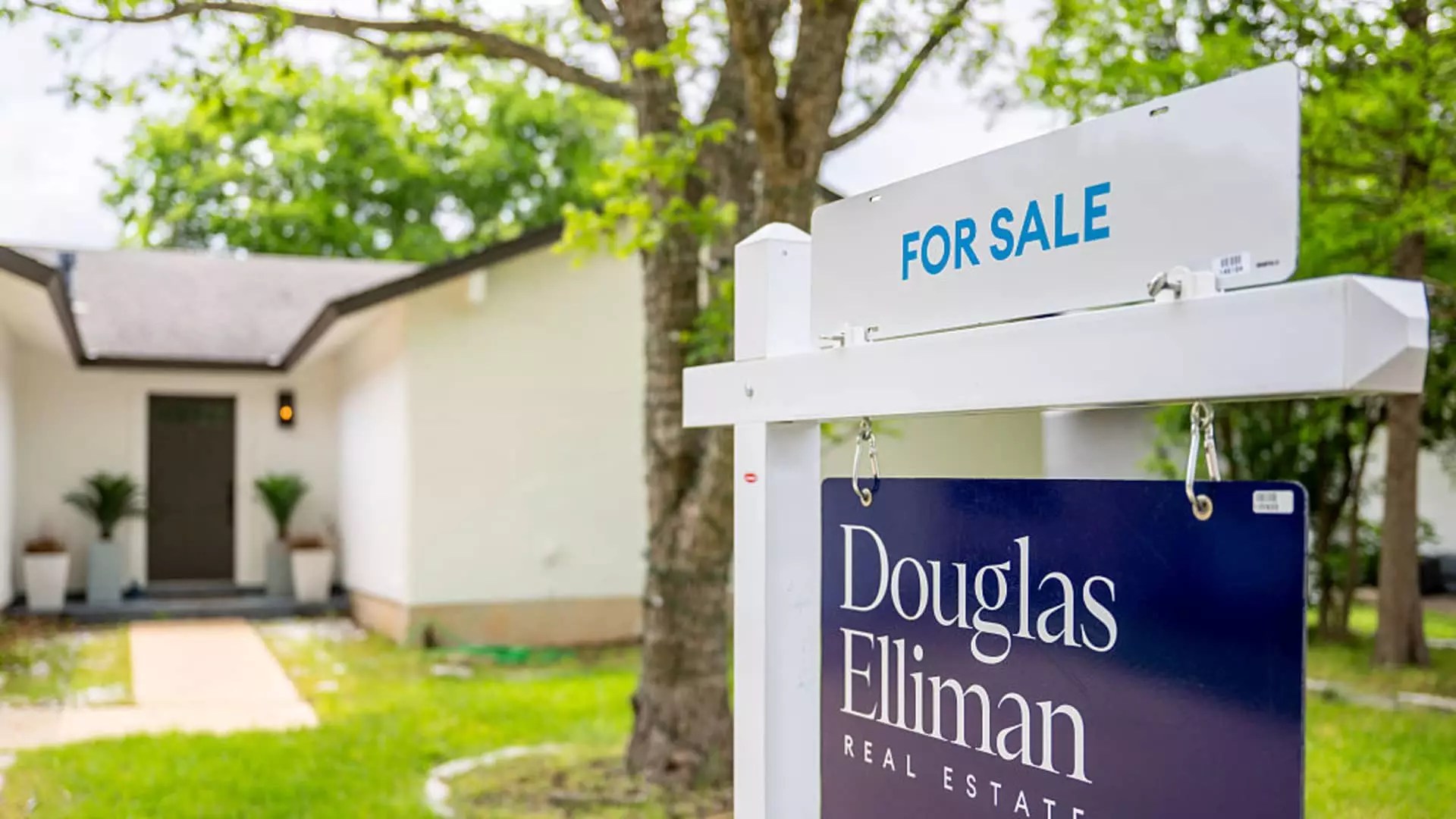In May 2023, the U.S. housing market experienced a slight uptick in sales of previously owned homes, recording a modest increase of 0.8% from April. However, this figure masks broader trends that indicate genuine underlying challenges. While the National Association of Realtors (NAR) reported this increase to a seasonally adjusted annualized rate of 4.03 million units, it quickly becomes evident that sales were not only down 0.7% year-over-year but also fell short of analysts’ expectations of a decline. Given the economic climate, this marginal increase is not a cause for celebration but rather an alarming signal that homeownership is becoming increasingly elusive for many Americans.
Regional Disparities: Northeast Shines, West Stumbles
Regional sales figures further complicate the overall narrative. The Northeast proved to be a standout performer, boasting a 4.2% rise month-over-month in sales. In contrast, the West—recognized as the most expensive housing market in the United States—experienced a pronounced decline of 5.4%. The divide highlights systemic issues exacerbated by high living costs and interest rates which deter potential buyers. One must ponder whether the ongoing affordability crisis will permanently alter regional desirability, with those seeking affordable housing increasingly fleeing coastal cities for more economically viable options inland.
Mortgage Rates: The Elephant in the Room
The most significant barrier to a healthy housing market is undoubtedly the persistently high mortgage rates, which have been fluctuating recently but crossed the 7% threshold in April. This critical factor can’t be overlooked as it directly correlates to buyer behavior. Lawrence Yun, NAR’s chief economist, has stated that lower interest rates are the key to appealing to more buyers and sellers, yet it seems like a cruel joke given the current economic instability. The reluctance of new homebuyers, especially first-time buyers, often stems from an unrealistic expectation of affordability coupled with prevalent high-interest rates.
Inventory: Rising Supply but Stagnant Demand
The slight increase in home sales can also be attributed to a notable rise in inventory, with 1.54 million units available at the end of May—up over 20% from the same month last year. However, this influx of homes doesn’t equate to increased demand; rather, it reveals a precarious market in which potential sellers are hesitant to enter. The current situation yields a 4.6-month supply of homes, which is historically low, while pressure on prices remains significant, with the median price for existing homes hitting a record high of $422,800—up 1.3% from the previous year. The paradox here is glaring: while supply ticks upward, the foundational issues around affordability and financing loom larger than ever.
Shifts in Buyer Demographics and Behavior
Equally telling is the shifting dynamic of buyers in the market. First-time homebuyers comprised only 30% of the market in May, a decline from 31% a year prior and indicative of the broader trend of exclusion from homeownership. This demographic shift speaks to the increasing barriers faced by younger generations, including student loans, stagnant wages, and an increasingly competitive market in which cash buyers, accounting for 27% of transactions, dominate. The political implications are profound; if the American Dream of homeownership is slipping away from the latest generation, we must ask ourselves what that means for economic mobility and societal stability in the years to come.
While slight improvements in sales are recorded, the sobering realities of high mortgage rates, regional disparities, stagnant demand despite rising supply, and shifting buyer demographics signal deep-rooted issues within the U.S. housing market that require urgent attention and innovative solutions. The American public deserves policies that foster a fairer, more accessible housing market—one that promotes opportunity rather than exclusion.


Leave a Reply